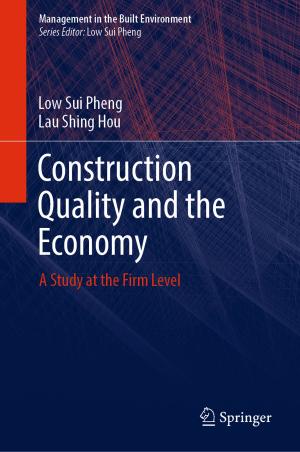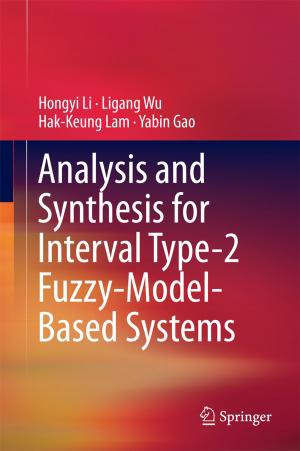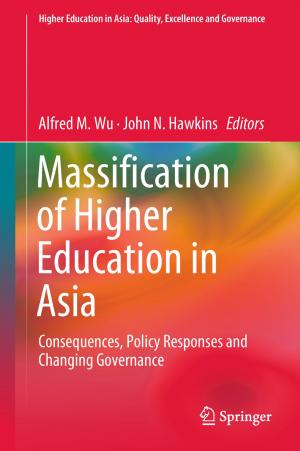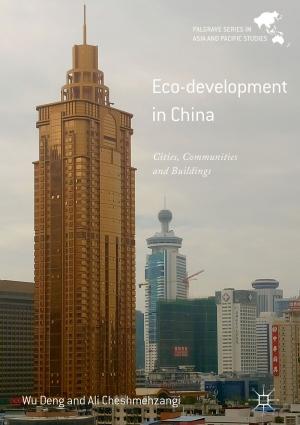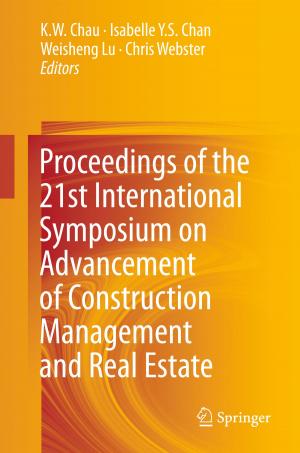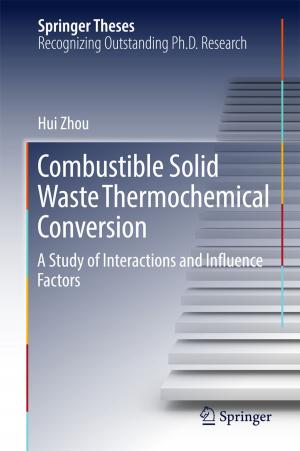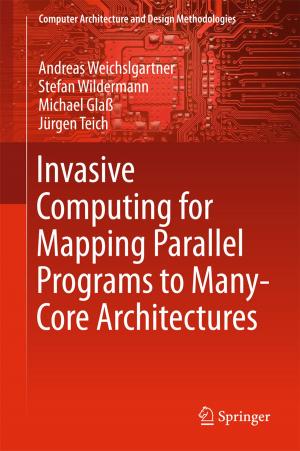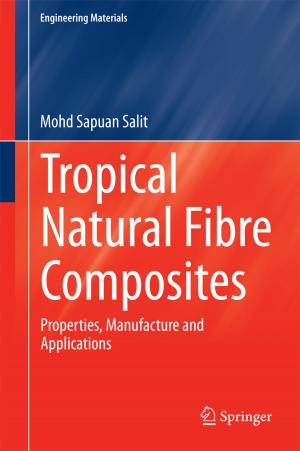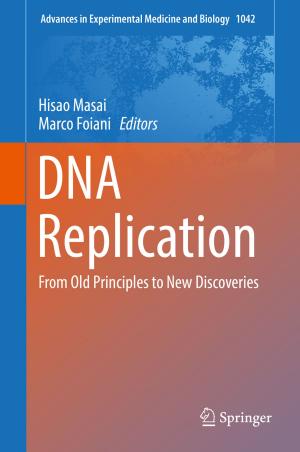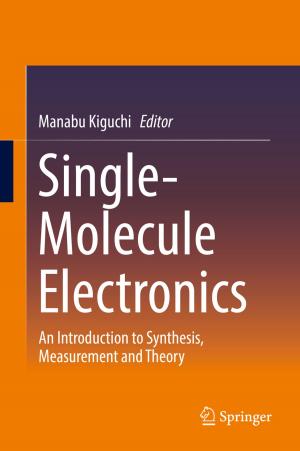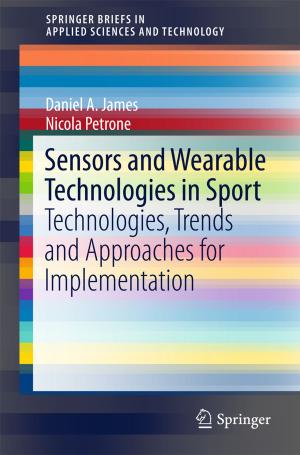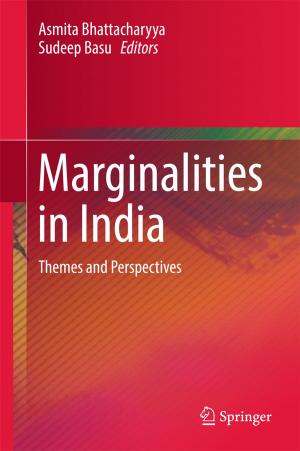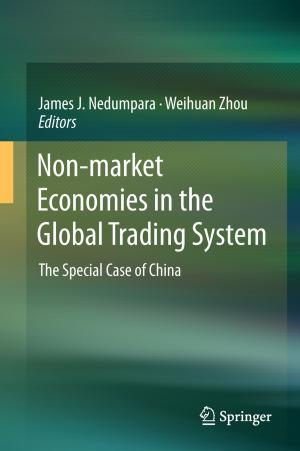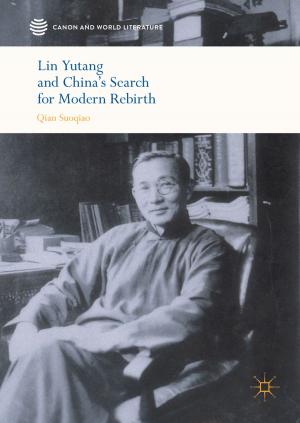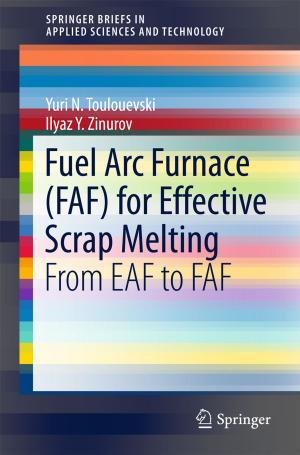Twenty Years of Research and Development on Soil Pollution and Remediation in China
Nonfiction, Science & Nature, Science, Biological Sciences, Environmental Science, Nature, Environment, Environmental Conservation & Protection| Author: | ISBN: | 9789811060298 | |
| Publisher: | Springer Singapore | Publication: | January 17, 2018 |
| Imprint: | Springer | Language: | English |
| Author: | |
| ISBN: | 9789811060298 |
| Publisher: | Springer Singapore |
| Publication: | January 17, 2018 |
| Imprint: | Springer |
| Language: | English |
This book reviews the progresses and achievements made in the past 20 years of research on soil pollution and remediation in China, and presents 50 review and research articles from all over China, including Hong Kong and Taiwan. The authors include scientists, engineers, entrepreneurs and managers from 26 universities, 18 institutes, 4 leading enterprises and 2 government environmental protection departments. The contents cover fundamental research on soil pollution and remediation, technical development, project demonstration, policy and governance. The polluted soil/site types include farmland, industrial sites, mining areas and oilfields, with heavy metals (cadmium, arsenic, copper, chromium, mercury, lead, zinc, nickel, etc.), organic pollutants (PAHs, PCBs, organochlorine pesticides, phthalate esters, halogenated hydrocarbons, etc.), and metal–organic mixed pollutants. The remediation techniques mainly include physical and chemical remediation (thermal desorption, soil vapor extraction, in situ advanced chemical oxidation, solidification and stabilization), phytoremediation (phytostabilization, phytoextraction by hyperaccumulators, phyto-prevention by low accumulation plants), bioremediation (microbial adsorption and immobilization, microbial degradation, microbe-enhanced phytoremediation), and combined remediation merging multiple technologies. The governance and policy section mainly explores laws and regulations, criteria and standards, financial guarantees and the industrial market for soil environment and pollution prevention.
This book reviews the progresses and achievements made in the past 20 years of research on soil pollution and remediation in China, and presents 50 review and research articles from all over China, including Hong Kong and Taiwan. The authors include scientists, engineers, entrepreneurs and managers from 26 universities, 18 institutes, 4 leading enterprises and 2 government environmental protection departments. The contents cover fundamental research on soil pollution and remediation, technical development, project demonstration, policy and governance. The polluted soil/site types include farmland, industrial sites, mining areas and oilfields, with heavy metals (cadmium, arsenic, copper, chromium, mercury, lead, zinc, nickel, etc.), organic pollutants (PAHs, PCBs, organochlorine pesticides, phthalate esters, halogenated hydrocarbons, etc.), and metal–organic mixed pollutants. The remediation techniques mainly include physical and chemical remediation (thermal desorption, soil vapor extraction, in situ advanced chemical oxidation, solidification and stabilization), phytoremediation (phytostabilization, phytoextraction by hyperaccumulators, phyto-prevention by low accumulation plants), bioremediation (microbial adsorption and immobilization, microbial degradation, microbe-enhanced phytoremediation), and combined remediation merging multiple technologies. The governance and policy section mainly explores laws and regulations, criteria and standards, financial guarantees and the industrial market for soil environment and pollution prevention.

